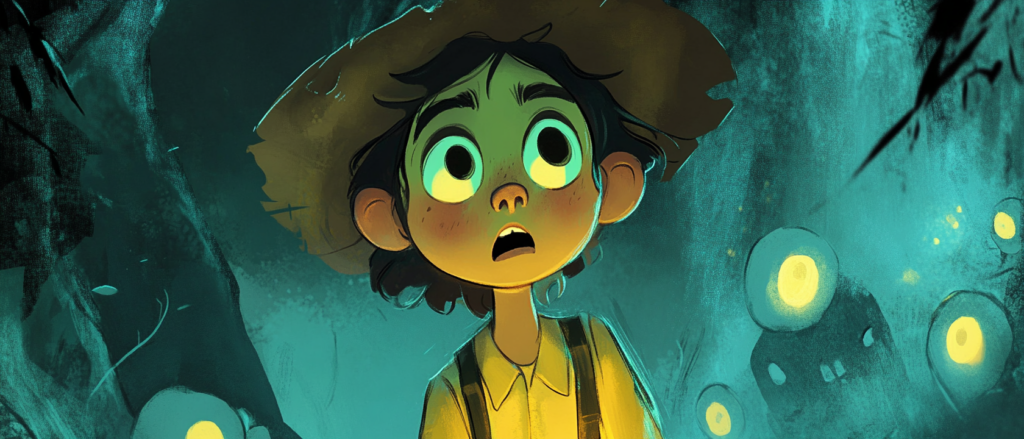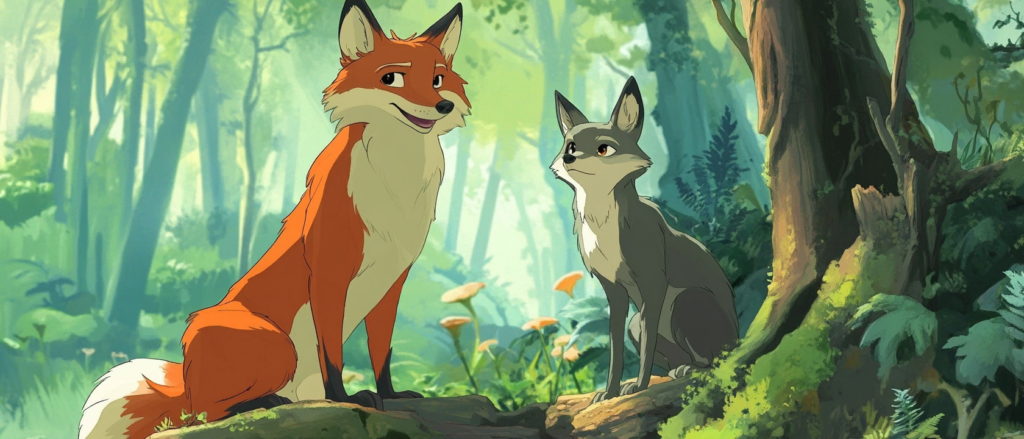The Art of Cartoon Animation: Cartoon animation is a complex yet rewarding art form that merges creativity, storytelling, and technical skills. Mastering this craft involves understanding both the artistic and technical aspects, from character design to movement and narrative development. Creating engaging and fluid animation requires a combination of artistic vision, technical expertise, and a deep understanding of how movement and storytelling interact. This article explores expert tips for aspiring animators to excel in the world of cartoon animation, covering fundamental principles, design techniques, and professional practices to help animators improve their craft.

Understanding the Fundamentals of Animation
Before delving into advanced techniques, it is essential to grasp the foundational principles that form the backbone of all great animation. The 12 principles of animation, established by Disney animators Frank Thomas and Ollie Johnston, provide a crucial framework for crafting expressive and believable movement. These principles include:
- Squash and Stretch: Adds flexibility and weight to characters by expanding and compressing their shapes.
- Anticipation: Prepares the viewer for the main action, adding realism and flow.
- Staging: Ensures clarity in storytelling by focusing attention on key elements.
- Straight Ahead Action and Pose-to-Pose: Two primary approaches to animation; one involving spontaneous frame progression and the other emphasizing keyframe planning.
- Follow-Through and Overlapping Action: Reflects realistic movement by depicting the continuation of motion.
- Ease In and Ease Out: Gradual acceleration and deceleration for natural movement.
Understanding these principles allows animators to create engaging and dynamic scenes that feel lifelike and immersive.

Mastering Character Design
A compelling cartoon character starts with effective design, as characters serve as the heart of any animated story. Experts recommend focusing on the following elements:
- Simplicity: Clean, recognizable designs with minimalistic elements for clarity.
- Exaggeration: Amplified features and expressions to convey personality and emotional depth.
- Consistency: Maintaining design uniformity across various poses, angles, and expressions.
- Silhouette Recognition: Ensuring characters remain identifiable even in silhouette form.
Incorporating these principles helps animators create memorable characters who can convey emotion and personality effectively.

Creating Fluid Motion
Smooth, believable motion is a hallmark of quality animation. Achieving this level of motion requires attention to:
- Keyframing: Defining the most important poses within a sequence to establish structure.
- In-Betweening: Creating the transitional frames between key poses for fluidity.
- Timing and Spacing: Adjusting the duration of movements for realism and emphasis.
- Easing: Gradually accelerating or decelerating movements for smoother transitions.
- Arcs: Ensuring motion follows natural, curved paths rather than linear movements.
Properly executed motion techniques breathe life into characters and scenes, making them more immersive for viewers.
Storyboarding and Planning
A well-structured storyboard acts as a blueprint for the entire animation process. It helps animators plan and visualize sequences before production begins. Key elements of effective storyboarding include:
- Visual Storytelling: Using imagery to convey the narrative effectively without excessive dialogue.
- Scene Transitions: Planning smooth, logical transitions between scenes.
- Character Arcs: Developing clear emotional and narrative progression for characters.
- Shot Composition: Considering angles, framing, and perspective for dynamic visuals.
Storyboarding ensures a coherent narrative flow and helps streamline the production process.

Using Technology Effectively
Modern animation tools have revolutionized the industry, offering unprecedented control and creative possibilities. Some of the most widely used animation software includes:
- Toon Boom Harmony: Ideal for professional 2D animation with robust drawing and rigging tools.
- Adobe Animate: Suitable for both frame-by-frame animation and vector-based work.
- Blender: A powerful open-source tool for 3D animation and modeling.
- Procreate Dreams: A recent addition, ideal for sketch-based animation on tablets.
Mastering these tools allows animators to streamline their workflow and expand their creative possibilities.
Refining Your Craft
Continuous improvement is essential in the ever-evolving world of animation. Experts recommend the following practices for ongoing development:
- Studying Classic Cartoons: Analyze the works of Disney, Warner Bros., and Studio Ghibli to understand storytelling and animation techniques.
- Practicing Daily: Regular drawing and animating exercises help build muscle memory and creativity.
- Seeking Feedback: Engage with animation communities and professionals for constructive criticism.
- Experimentation: Try different styles, genres, and software to diversify skills.
- Workshops and Courses: Enroll in online courses and workshops led by industry experts.

Building a Portfolio
A strong portfolio is critical for aspiring animators seeking professional opportunities. Key components include:
- Variety: Showcase a range of styles, character designs, and animation types.
- Process Work: Include sketches, storyboards, and motion tests to demonstrate artistic growth.
- Quality Over Quantity: Focus on a few high-quality projects rather than a large number of unfinished works.
- Personal Projects: Highlight unique, original works that reflect personal creativity.
The Art of Cartoon Animation
Mastering cartoon animation is a lifelong journey that requires a balance of creativity, technical expertise, and continuous learning. By focusing on the fundamentals, refining character design, perfecting motion techniques, and embracing the latest tools, aspiring animators can create captivating works of art. Remember, consistent practice and a willingness to learn from both successes and failures are key to achieving excellence in cartoon animation.

FAQs on The Art of Cartoon Animation
1. What are the 12 principles of animation?
They are a set of guidelines established by Disney animators to create more dynamic and lifelike animations.
2. How important is character design in animation?
Character design is crucial as it affects the visual appeal, emotional connection, and narrative clarity of an animation.
3. What software is best for beginners?
Adobe Animate and Procreate Dreams are great for beginners due to their user-friendly interfaces and versatile tools.
4. Why is storyboarding important?
Storyboarding helps plan the sequence of events, visual storytelling, and overall flow of an animation.
5. How can I make my animations smoother?
Focus on keyframing, in-betweening, and using easing techniques to create fluid movement.
6. What’s the best way to learn animation?
Studying classic cartoons, taking courses, and practicing regularly are effective ways to learn animation.
7. How do professional animators stay inspired?
They study the work of peers, explore various art forms, and continuously experiment with new ideas.
8. What makes a good animation portfolio?
A diverse portfolio showcasing various animation styles, personal projects, and process work.
9. How do I avoid common animation mistakes?
Practice timing and spacing, avoid over-complicating designs, and seek regular feedback.
10. Can I pursue animation without formal education?
Yes, many successful animators are self-taught through online resources, practice, and mentorship.
This post was created with our nice and easy submission form. Create your post!




